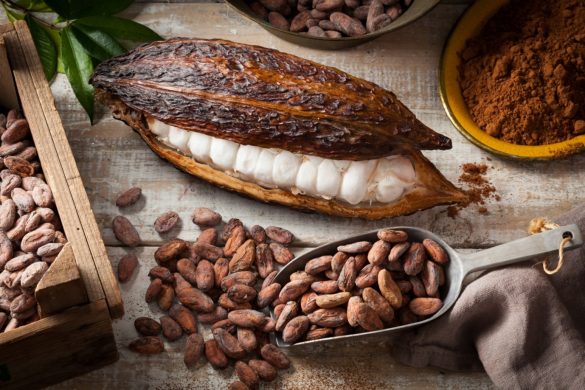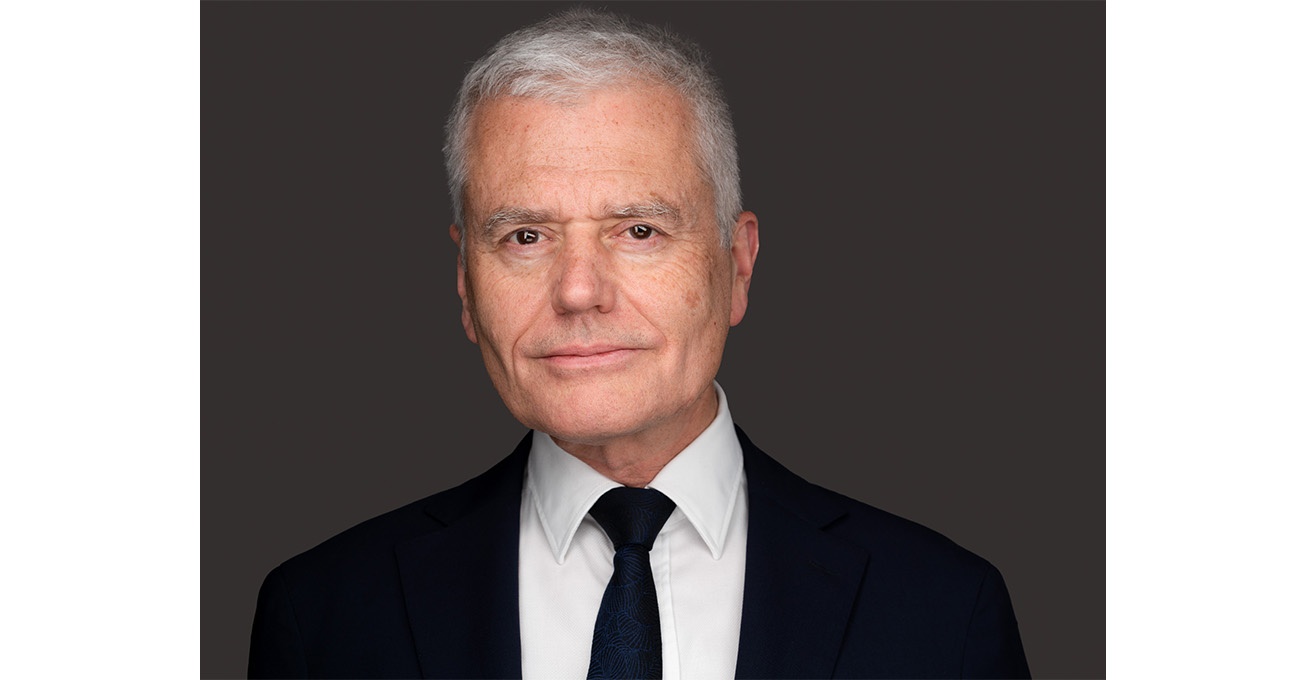 For those of us of a certain age, we remember the traditional taste of chocolate, which had a definite snap when you broke it in two. As a child I used to bite into a Curly Wurly and the chocolate fell off, even the “crumbliest, flakiest chocolate” is disappointingly no longer crumbly or flaky.
For those of us of a certain age, we remember the traditional taste of chocolate, which had a definite snap when you broke it in two. As a child I used to bite into a Curly Wurly and the chocolate fell off, even the “crumbliest, flakiest chocolate” is disappointingly no longer crumbly or flaky.
Today, mass produced chocolate is quite disappointing, it melts far too quickly, it feels incredibly greasy, does not have the traditional chocolate flavour, is far too sweet and has absolutely no snapability when you break into it.
African Cacao
The tropical evergreen cacao tree was first artificially planted in Africa in 1895 to make use the West African Slave labour. Today, the majority of mass chocolate producers source their raw cacao commodity at knock down prices, usually from Cote D Ivoire, Ghana, Nigeria and Cameroon. Fairtrade organisations continue to work towards ensuring the African farmers are paid a fair price for their crops and that all forms or slave labour are eradicated.
The bitter tasting product is then exported to North American or European processing plants, mixed with highly refined sugars to make it taste better, cocoa butter is extracted, and oils are added to make their chocolate cheaper. An undisclosed percentage of the extracted cocoa butter is then sold to the cosmetics industry for them to produce emollient that gives softness and nourishment to the skin.
Amazonian Cacao
Speciality fine full flavoured cocoa is mainly sourced from its native terroir of the Amazonian Rain Forest in South America, with Ecuador being the largest producer. Over the last few years, the history of chocolate has been rewritten following an Archaeological dig at an Ecuadorian upper Amazon site. Remnants of cacao beans was discovered in ancient bowls, which dated as far back as 5,300 years ago. Previously it was well documented that cocoa was first discovered in Mesoamerica, the history of which dated back to 3,900 years ago.
If there are any gardeners amongst you reading this piece, you will know some plants grow in certain soils and microclimates better than others. Planting an apple tree in the back garden will produce apples, but do they taste as good as apples from lush fertile orchards? Single origin chocolate from its native terroir of Latin America, tastes far more superior than African chocolate.
When customers visit the Chocolate Lovers shop on the Square in Market Harborough, they are able to taste a tiny sample of a 70% chocolate from Africa, which has a bland, flat taste whilst melting on their tongue, followed by an overwhelming bitterness. They are then able to compare this with a tiny sample of a 70% chocolate from Ecuador, that has full flavour notes on the tongue. Just like a well-rounded wine it has many layers of tastes with absolutely no bitterness. The difference is extraordinary and well worth trying.
As a Guild of Fine Foods Producing Member, Chocolate Lovers make their own in-house chocolates with high quality single origin chocolate from ethical producer Casa Luker in Colombia, which has a well-rounded fruity taste. Our hot chocolates are from Ecuador, Brazil and Mexico, and our speciality bars are from Madagascar and Vietnam. Not only are these products ethically sourced, but they are classed as Raisetrade.
Raisetrade is an organisation that raises the standards of cacao, endorsing producers who use sustainable growing, harvesting, fermenting and drying techniques. Those same producers now go on to roast, winnow, conch and mix their own chocolate couvertures in the country of origin. In doing this the local economy benefits, there is a clear provenance and integrity to the chocolate and the final product retains the single origin unique flavour notes.
Our high-quality chocolates are available to buy online or from our high street shop once lockdown is over.
By Cathy Whittall, Chocolate Lovers.






